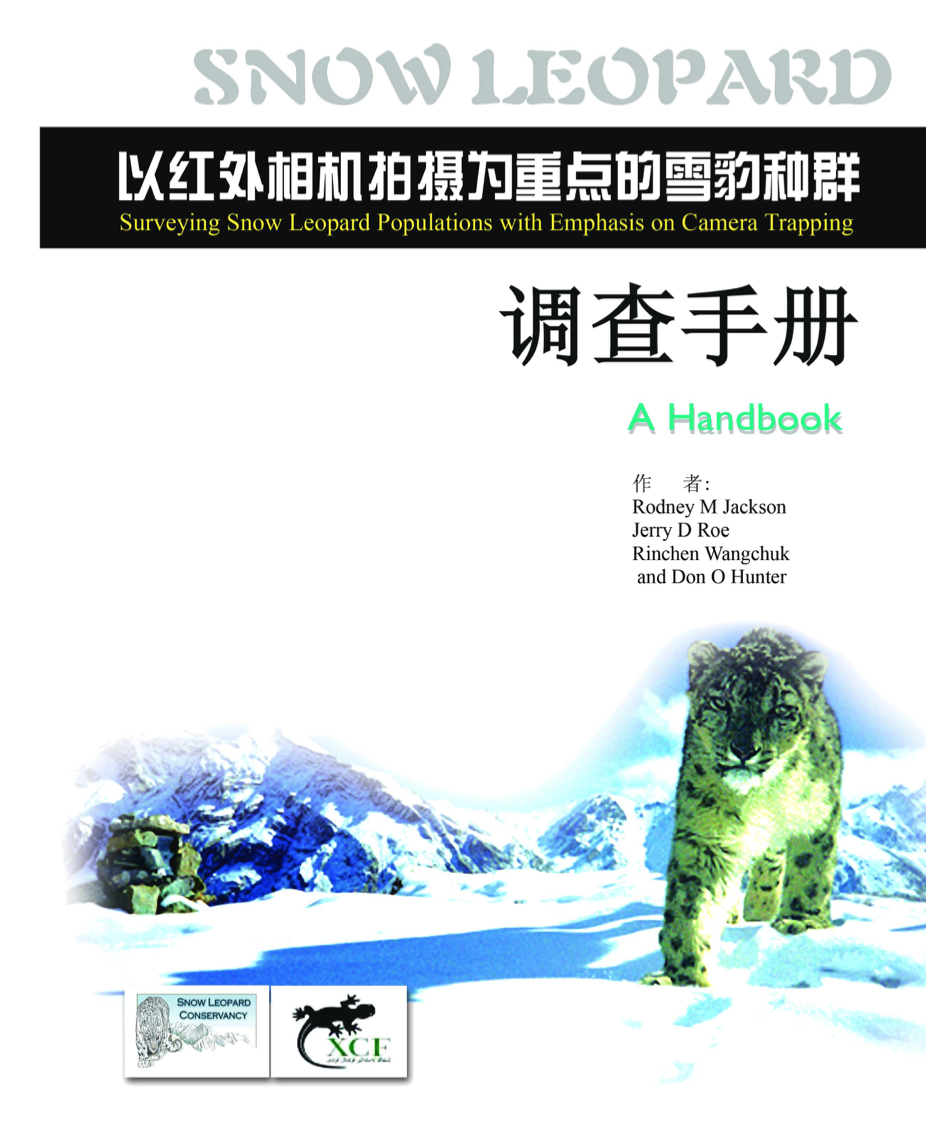A set of eight principles for building successful and ethical conservation partnerships with local communities in the habitat of a threatened species.
A set of eight principles for building successful and ethical conservation partnerships with local communities in the habitat of a threatened species.
An Ounce of Prevention: Snow leopard crime revisited estimates that between 221-450 snow leopards have been poached annually since 2008 – a minimum of 4 per week.
https://www.traffic.org/publications/reports/an-ounce-of-prevention/
This guide helps practitioners define relevant wellbeing outcomes and indicators and design an evaluation framework for conservation programs
After nearly two years of effort, a new comprehensive guide to snow leopards has been published by Elsevier. This book is a part of the Biodiversity of the World: Conservation from Genes to Landscapes series edited by Philip J. Nyhus.
Over 200 authors were involved, many of whom are Snow Leopard Network members. The effort was led by editors and SLN members Dr. Thomas McCarthy and Dr. David Mallon.
The Snow Leopard Survival Strategy (SLSS) was designed to provide a clear road map for conserving the species. It is a product of the membership of the Snow Leopard Network.
Snow Leopard Working Secretariat. 2013. Global Snow Leopard and Ecosystem Protection Program Bishkek, Kyrgyz Republic. An International Effort to Save the Snow Leopard and Conserve High-Mountain Ecosystems
The Irbis System monitors VHF transmitters and makes an alarm when the state of a transmitter changes. The Irbis System is designed for monitoring of trapsite transmitters such as Telonics TBT-500. It makes an alarm when an animal is trapped. This alarm occurs within a few minutes from capture. The time that trapped animals spend in traps is reduced to a minimum, reducing the risk to the animal. The alarm triggers a siren loud enough to wake a sleeping person. Click on the photo below for more information.
Surveying Snow Leopard Populations with Emphasis on Camera Trapping (2006)
